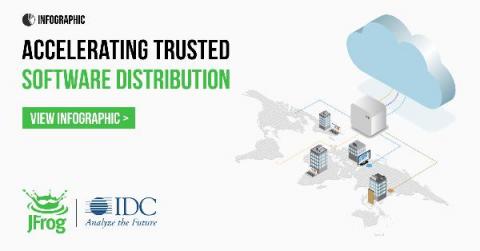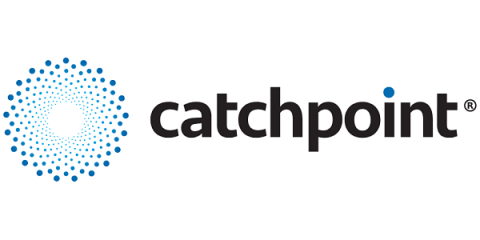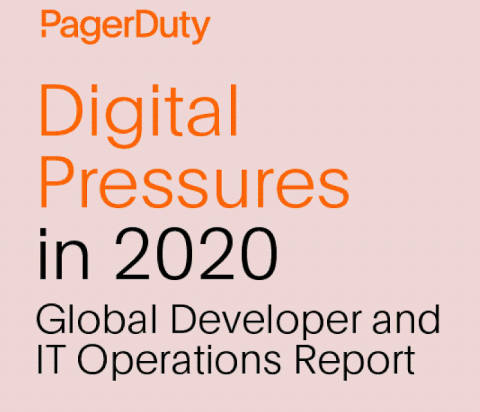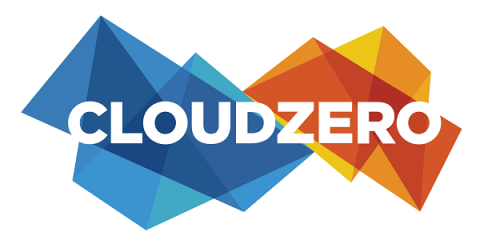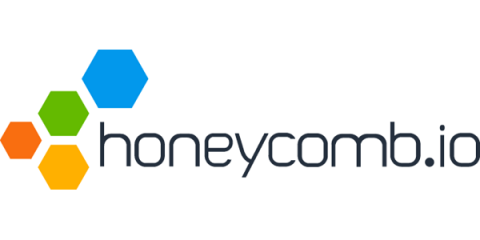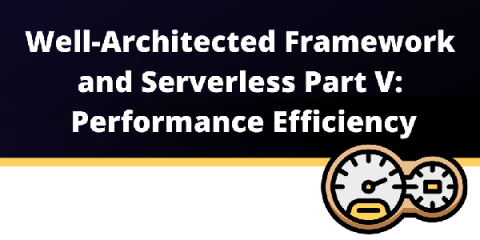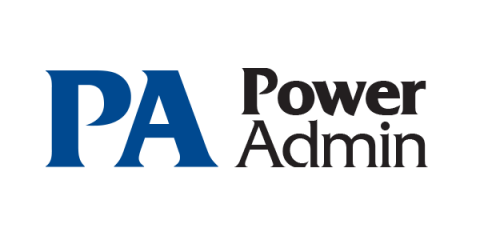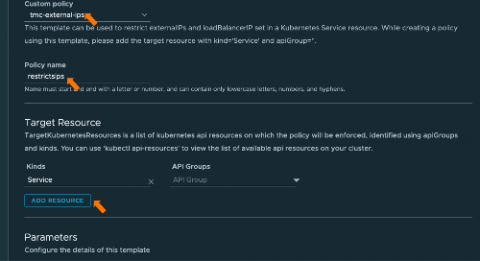Operations | Monitoring | ITSM | DevOps | Cloud
Latest News
Milestone Met - 100k IPv6 Subnets Announced!
It took about twenty-three years, a couple of IPv6 days, the exhaustion of most of the IPv4 address pools available at Regional Internet Registries (RIRs), and the increase of prices in IPv4 address market, but finally, it looks like IPv6 made it and met one important threshold in November 2020 – 100k IPv6 prefixes are now currently announced on the Internet!
Survey Findings: 2020 Hits New Heights in Digital Pressure
2020 has been a year like no other. Our dependency on digital services has reached new heights, leaving many companies trying to accelerate transformation initiatives while simultaneously keeping said digital services running perfectly. The ITOps and DevOps teams on the front line of this struggle are facing more pressure than ever. With the holiday season now in full swing, that strain will only grow as virtual festivities and online shopping pick up the pace.
The Evolution of Cloud Cost Optimization - and The Next Strategic Advantage
Every CEO is looking for an edge. Every change in IT — whether we’re talking about the move away from company owned data centers to VMs, or the latest digital transformation we’re seeing today — has always been about gaining a strategic advantage. Companies want to do more at a lower cost, and they want the freedom to pivot quickly without fixed costs.
The Future of Developer Careers
While JavaScript frameworks come and go, a change has been brewing over the last several years that will permanently change what it means to be a modern developer: how our code goes from our laptops to the wild.
AWS Well-Architected and Serverless: Performance Efficiency
And just like that – welcome to the last part in our “Well-Architected and Serverless” series. We hope it’s been informative, insightful, and fun for you, to explore the five pillars of the AWS Well-Architected Framework (WAF) with us! Read the previous posts: Part 1: Security Pillar Part 2: Operational Excellence Pillar Part 3: Reliability Pillar Part 4: Cost Optimization Pillar So let’s look into the last – Performance Efficiency (PERF) – pillar.
Application Performance Management for Microservices with Sumo Logic
Top 12 Advantages of Effective IT Monitoring Software
As a company’s IT systems develop and overlap in function, it becomes increasingly important that they be carefully monitored at all times. Active network monitoring helps to ensure central servers and systems are functioning as intended, while also allowing business management staff to keep an eye on employee activity in the process.
The Serverless Journey: From Developer Success to a Cloud Center of Excellence
Though the volume of serverless talks is lower this week, the quality and impact lacked nothing. Two must-see presentations emerged highlighting important practices for succeeding with serverless in the enterprise.
Tutorial: How to Use VMware Tanzu Mission Control to Remediate Kubernetes Vulnerability CVE-2020-8554
The upstream Kubernetes community recently discovered a security issue—CVE-2020-8554— affecting multitenant clusters that allows anyone who is able to create a ClusterIP service and set the spec.externalIPs field to intercept traffic to that IP address. There is no patch for this issue yet, and it can currently only be mitigated by restricting access to the vulnerable features.


